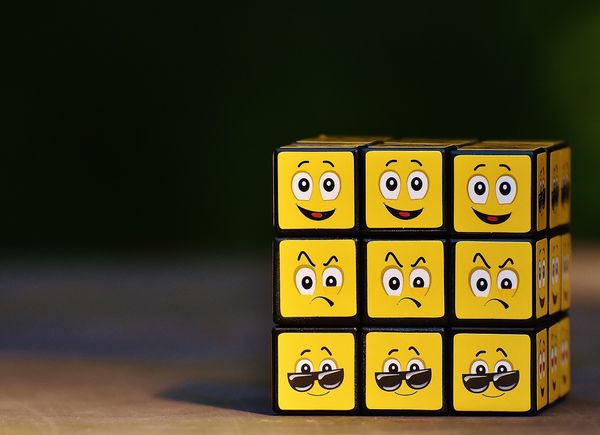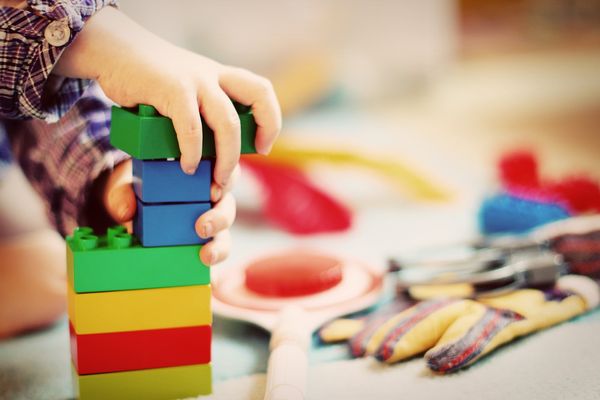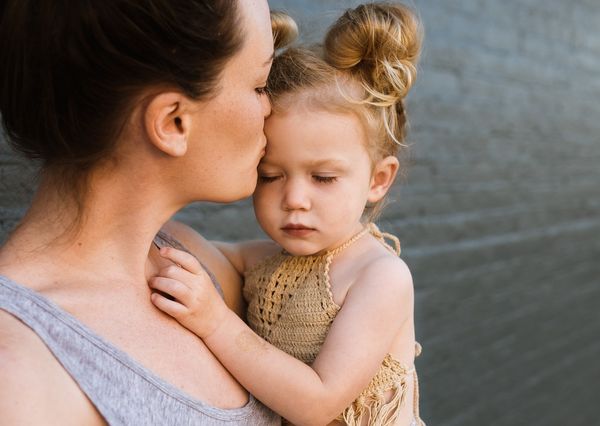Level One Attachment: All About the Senses.
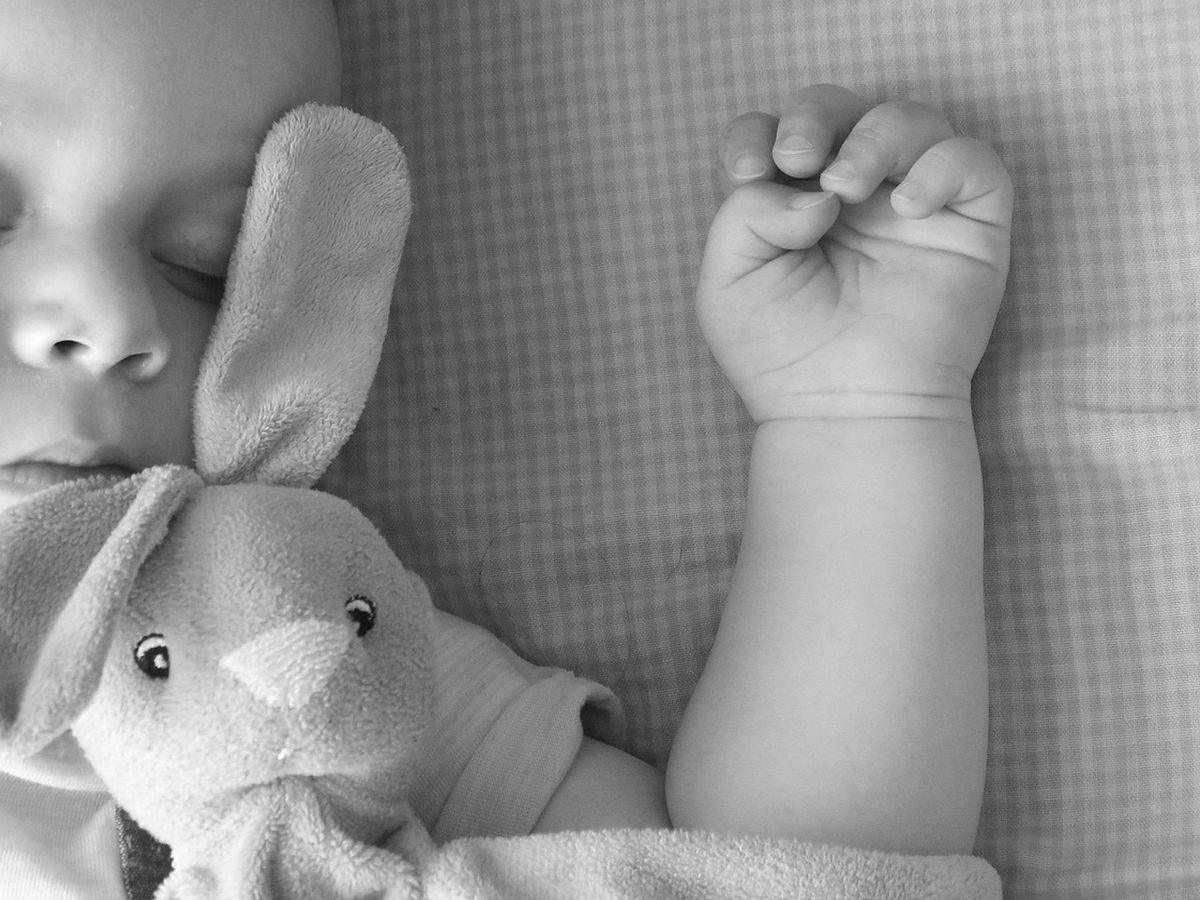
The first level of attachment involves feelings. This is the only level of attachment available to newborns. During their first year, babies can connect with us when they see us, sense our smell, hear our voice, or when we hold them in our arms or lay them on our stomachs to create skin-to-skin contact. Additionally, taste can also be a part of attachment – like the taste of mom's milk. In their first year, babies eagerly explore everything by bringing objects to their mouths, and their loved ones might also get "kisses" from their toothless mouths.
A unique aspect of the first level of attachment is that babies quickly form new attachments. Usually, up to 8 months, children are open to contact with new people, accepting everyone into their circle of attachment. So, it's a fantastic time to introduce the baby to everyone close. After 8 months, children naturally become wary of new people, and to establish attachment with them, we need to actively introduce the child to the new acquaintance and vice versa. I'll talk more about these introductions later.
This openness to contact in infancy is undoubtedly a plus. Babies gladly welcome anyone willing to care for them. However, there's a downside to such superficial attachment. If someone disappears from sight, the attachment quickly fades, and it will need to be rebuilt. You might be familiar with a situation where a mom goes somewhere with the baby, and during that time, even within a week, the baby forgets the dad. Upon the dad's return, it requires patience and careful efforts to re-establish contact with the baby. In the first year of life, children rarely wait for dad to come home from work because they can't maintain their connection without seeing dad.
Now, let's move on to practical tips. We'll generate ideas on how we can give children a sense of contact and closeness at the first level of attachment.
By the way, I encourage you to use all this information not only with your own children but also with all the children in your circle of attachment: your friends' kids, your nieces/nephews, godchildren, and so on. Sometimes we pour all our energy into our own children, which is entirely natural, and we don't always think about building connections with other kids. Or, in our eagerness for adult conversations (also entirely natural and normal), we forget about the children during adult interactions. Yet, various steps to connect with all the children in the circle of attachment create an exceptionally calm and friendly atmosphere, helping all the children feel secure and safe.
A Quick Note
All the ideas presented here are just that, ideas. Please don't be disheartened if something doesn't work with your little ones. It's perfectly normal. All kids, and indeed, all of us, are very different, and there's no one-size-fits-all solution. Observe your specific children, and you'll surely see what works best for them.
Now, let's dive into what we can do to provide a sense of contact and closeness to children in their first year of life:
Hold and wear them: Carry them in your arms or use slings. For this purpose, the Boba Baby Wrap Carrier Newborn to Toddler is a fantastic choice. It's perfect for newborns to toddlers, offering hands-free comfort and a secure hold. The stretchy wrap carrier ensures your baby is snug and happy while giving you the freedom to move around.
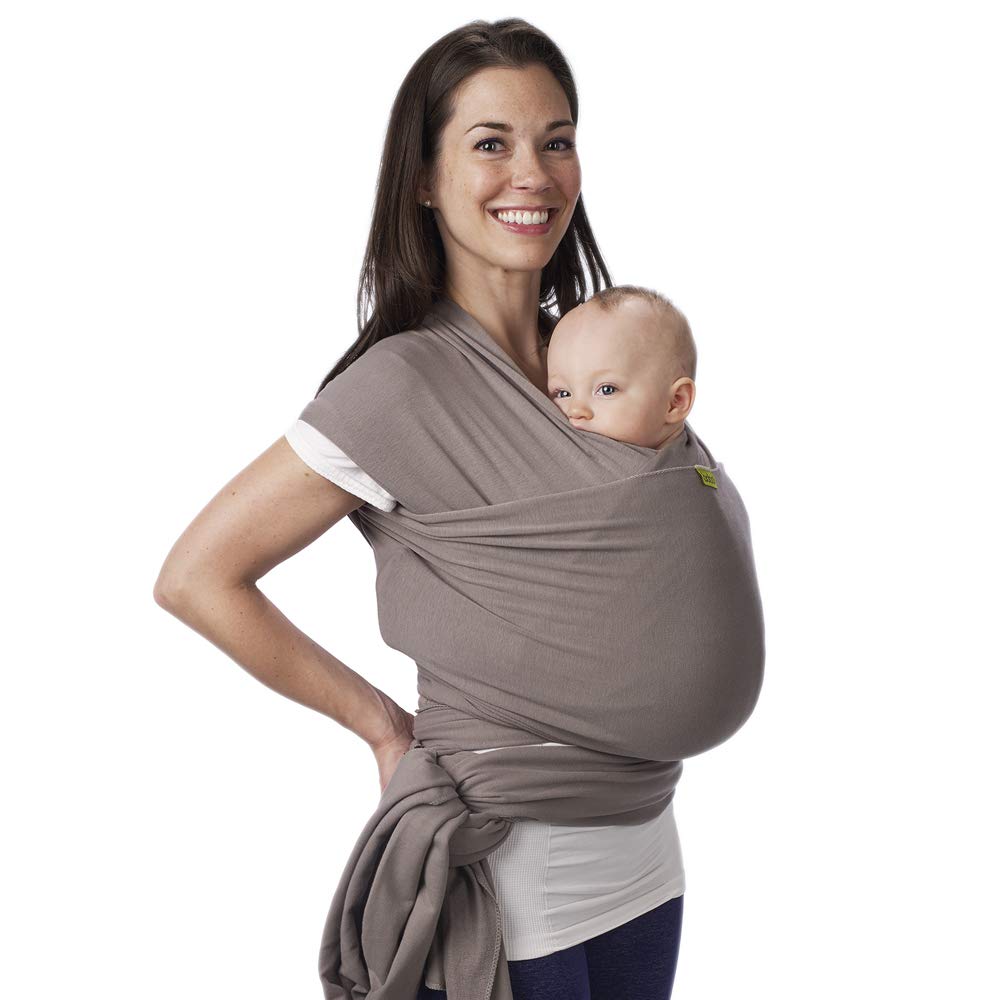
Kisses and hugs: Shower them with affection.
Rocking and swinging: Comforting movements can be soothing.
Feeding: Breastfeeding establishes a close connection. To ensure comfort while feeding, the Momcozy Nursing Bras for Breastfeeding are a great buy. They offer seamless ultra comfort and a natural shape, making them ideal for pregnancy and sleep.
Massage: Gentle massages can be incredibly bonding.
Finger and toe games: Engage them with playful interactions.
Talk, sing, and share stories: Verbal communication is crucial.
Dancing together: Rhythmic movements can be delightful.
Use endearing names: A loving nickname adds a personal touch.
Skin-to-skin contact: Lay them on your bare stomach for closeness. The Ekouaer Women's Maternity Nursing Pajama Set is perfect for these precious moments. It's designed for breastfeeding and provides comfort during sleep, making it a must-have for new moms.

Sleeping together: Co-sleeping fosters a strong connection.
Being in the same room: Share the space during daily activities.
Tickling and active games: Playful interactions promote bonding.
Surround with familiar scents: Place items that smell like mom nearby.
Look at photos together: Display pictures of mom and other loved ones.
Baby wearing: The Baby K'tan Baby carrier Baby Wrap is a fantastic option for baby wearing. It slips on like a shirt and requires no rings, tying, or buckles. It's perfect for newborns to toddlers and a great way to keep your baby close while freeing up your hands.
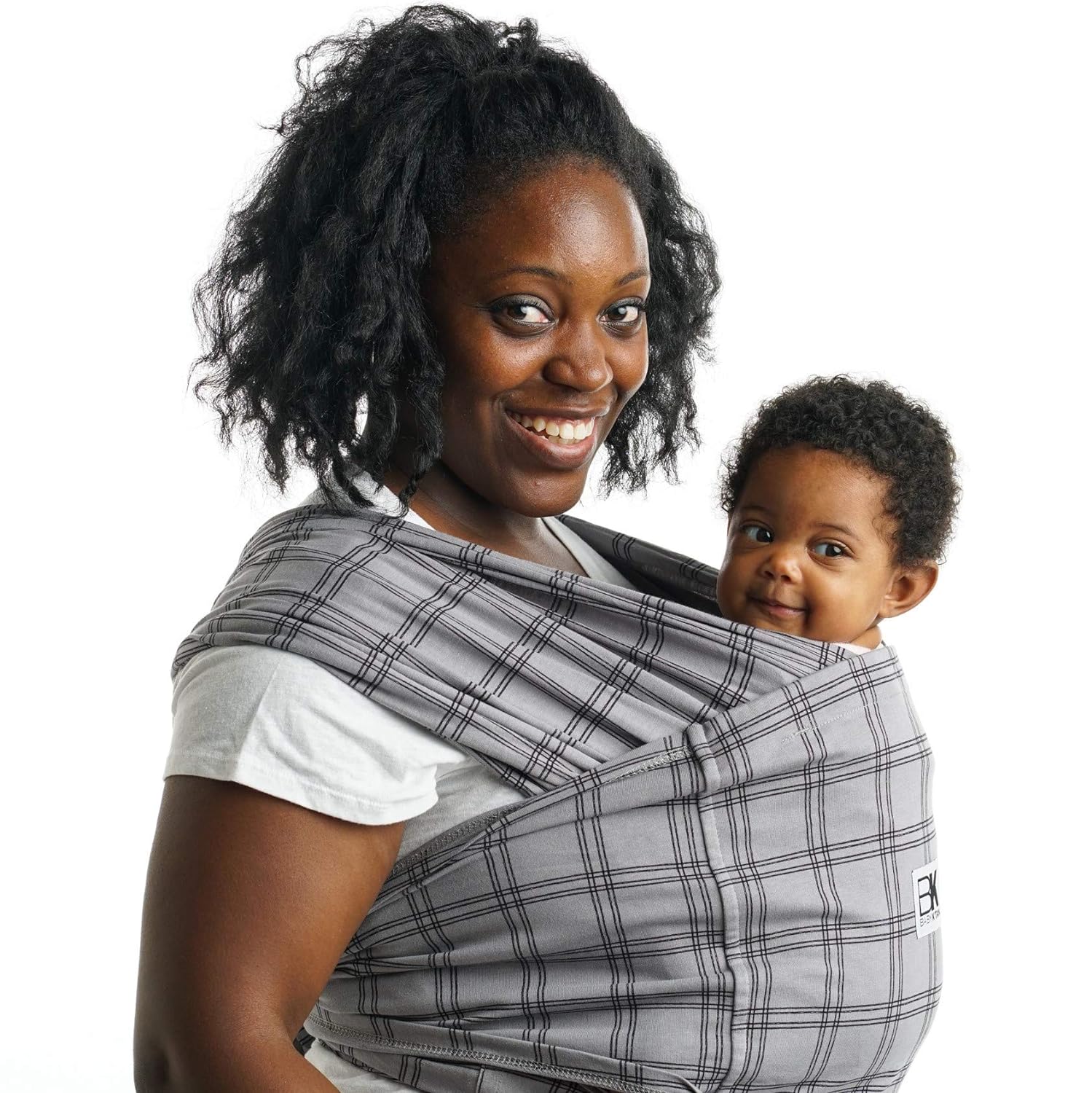
These tips focus on infants in their first year of life, but, as mentioned, they work wonders with older kids too. For older children, you can add more variety to active games. For instance, playing "catch me if you can" or engaging in imaginative games like pretending to be a monster who's going to "eat" them.
Additionally, don't forget about nurturing connections with your significant other. This involves kisses, hugs, holding hands, playing active games, massages, and watching movies while cuddling. Sending voice messages and photos can be a sweet touch for grown-ups.
Of course, these activities aren't exclusive to moms; I write it this way for convenience. Dads, grandparents, caregivers, and all other adults who want to be part of our child's circle of attachment should engage in these activities as well.
Moreover, we can use these activities to help our little ones build connections with others. "Courting" adults to the child involves the same sensory experiences: allowing them to hold the baby, encouraging them to engage in playful activities, or even sharing personal scents (if the caregiver agrees ?).
It's Important to Avoid Separation at This Attachment Level
As I mentioned earlier, at this stage of attachment, your little one can't hold onto you except through their own sensations. So, there's no need to leave your child alone in a room. Feel free to pick them up, and don't worry about them getting too used to being in your arms. You can even wear slings or backpacks at home to go about your tasks while keeping your child close. Don't hesitate to take your kids with you to the bathroom or during bath time. Closed doors are a significant source of separation for little ones. They don't understand or remember that it's temporary. On the contrary, if you take them everywhere with you, they'll eventually relax and stop worrying when you go to the bathroom. They might even spend a couple of minutes peacefully with Dad.
If, however, Mom needs to go somewhere without the little one, you can ease the separation. Provide contact before and after the separation. Leave items with your scent, leave photos that others can show the child, and maybe record some songs on a recorder.
Attachment Theory: Why It Matters for You and Your Child
